So, you want to know how to live off the grid. It’s simple, really. Move to the woods, build a cabin, throw on some solar panels and a wind turbine for power, and drill a well. Then start raising chickens, cows, and pigs, start a garden, and sit on your front porch while sipping coffee and staring out at the beautiful natural wilderness around you. Easy, right? Not exactly.
It takes planning, preparation, and work to move off grid. And once you’re there, the work will continue with the maintenance and upkeep of your homestead.
Let’s make this as simple as possible by breaking down, step-by-step, the most important things you need for off grid living. It all goes back to the basics. Living a sustainable life while being self-sufficient is key.
We provide plenty of links here for more in-depth resources on each of these topics.
Are you ready?
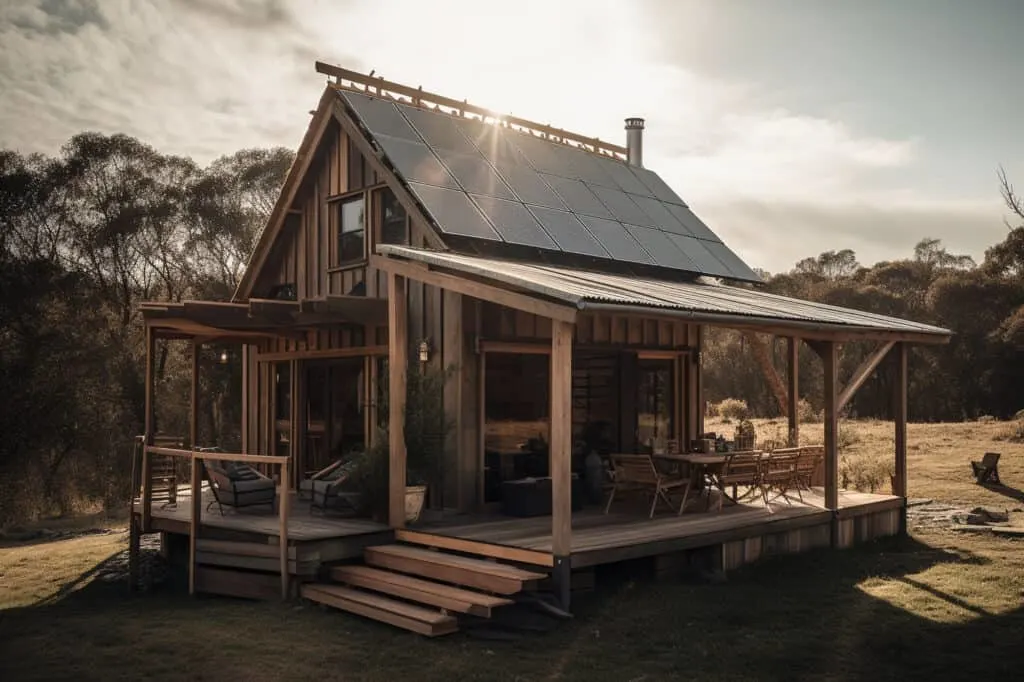
How to live off the grid: the absolute basics
1. Land
The first thing you’ll need to consider for living off the grid is a good location. How do you find that? We wrote an in-depth article explaining How To Find Land For Living Off The Grid. It details how to find and pick the perfect property for your needs.
Your land is the foundation of your off grid life. To go off grid, you need a parcel of land that lends itself to your new lifestyle choice. That usually means finding land in a remote area, far from strict building codes and permitting regulations. Land in these areas is less expensive, property taxes are lower, and you can get more acreage for your money.

Here are a few quick points to keep in mind when looking for land:
- Access to water (we discuss this more below).
- Climate: living off grid in a harsh or extreme climate can be challenging, so make sure you’re prepared for the weather.
- Soil quality: if you plan to grow your own food, it is important to assess the soil quality of the land, or at least make sure the property has space for raised beds or greenhouses to create optimal growing conditions.
- Sun exposure: If you plan on using solar power, ensure the land you choose has adequate sun exposure. Trees or other structures that obstruct direct sunlight can negatively impact the efficiency of your solar panels. Supplemental energy options can be used in areas without full sun exposure.
- Legal requirements: make sure you understand the local laws, zoning regulations, and building codes in the area. Living off-grid can have legal implications, so it’s essential to do your research before purchasing land.
- Access and proximity to town: off-grid living doesn’t mean living isolated. Consider the distance to the closest town, its services, and its size, as you may need access to these services for health reasons, kids, etc.
2. Shelter
The next thing you need is shelter. This is a fundamental need every human being requires to survive.
Off-grid homes come in many forms: cabins, traditional wood-frame homes, tiny houses, cob houses, Earthships, strawbale homes, or even yurts, which are basically large octagonal-shaped tents.
It’s a good idea to choose which type of shelter you will build or buy long before moving onto your land. If your heart is set on a specific type of home, this may be a factor before you even choose your land. In some areas, it may be difficult to get approval for alternative homes like Earthships or shipping container homes, for example.
You may choose a temporary home option, like a tiny home, while you save up to build a larger, more permanent residence on your property. Your shelter needs may also change over time with lifestyle changes, such as a growing family.

3. Water & Water Collection System
A clean potable water source is vital for living off the grid. You will most likely not have access to city water or municipal county water sources on your land, so you must choose a piece of land with a natural water source or where it’s convenient to haul water or dig a well.
Another resource you might need is a water collection system. This could be as simple as rain barrel water catchment attached to your home’s gutter or a more complex cistern water collection system that collects all the rainwater from your roof.
Depending on your climate, water catchment could be a primary water source or a small supplemental way to water plants on your property.
4. Food
Everyone can benefit from growing their food, even if it’s just a small amount. Off grid living means living as self-sufficiently as possible. Creating your food source is a big part of that, especially since you likely won’t have easy access to grocery stores and convenience stores.
Ideally, it’s wise to have a traditional garden, some raised beds, and a greenhouse full of fruits and veggies. Meat and eggs can also be produced on your homestead if you have it set up for livestock.
Learning how to preserve the food you produce will also allow you to store plenty of it in a safe place and build up a nice supply for winter and emergencies. Then your trips to town can be used to stock up on other necessities.
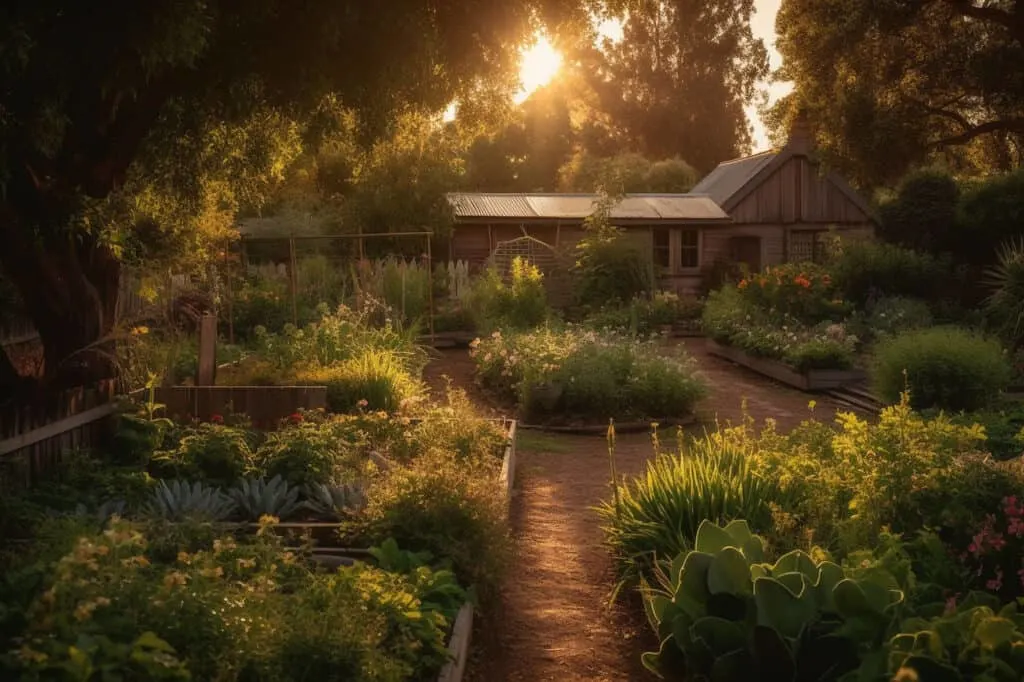
5. Power Generation System
Off grid power. This is where the actual off grid part comes in. Since you will not be connected to the electrical grid, you will need to be able to generate electricity yourself. This means having a power generating system with backups that can provide you with all the electricity you need to run all your appliances, including a stove, refrigerator, washing machine, water heater, tv, and computer, and to charge your mobile devices.
While there are several renewable energy options, the two most popular off-grid systems are solar and wind.
A few 250 Watt solar panels and a good 250-500 Watt wind turbine will probably suffice for most homes, depending on how much power you use at once.
Keep in mind that a wind turbine is a good backup for solar panels. When the sun is not shining, there’s often some wind, but when the wind is not blowing, you’ll need solar panels. Both power generation technologies will supplement your electricity production and complement one another.
Another consideration you must make is how much power you use. Most likely, during nighttime hours, you will not have any power generation unless the wind is blowing if all you have are solar panels and a wind turbine with no power storage device. We’ll get into that in a minute.
Figure out how much power all your devices and appliances use. To do this, look on the back or underside of your electronic devices and there should be a label or placard detailing the wattage and amperage each device uses. Now take all those numbers, add them up, and that will give you a good idea how much power you might use during any given 24-hour period.
Granted, you most likely will not be using all your devices and appliances at once all day long, but this will help you figure out how much power in wattage you will need to generate, which will help you design your solar power system. You’ll know how many solar panels to buy.
Typically four 250 Watt solar panels should be enough when coupled with a wind power system. A 1500 Watt solar system is about average.
It’s also a good idea to have a backup gas or preferably bio-diesel-powered generator.
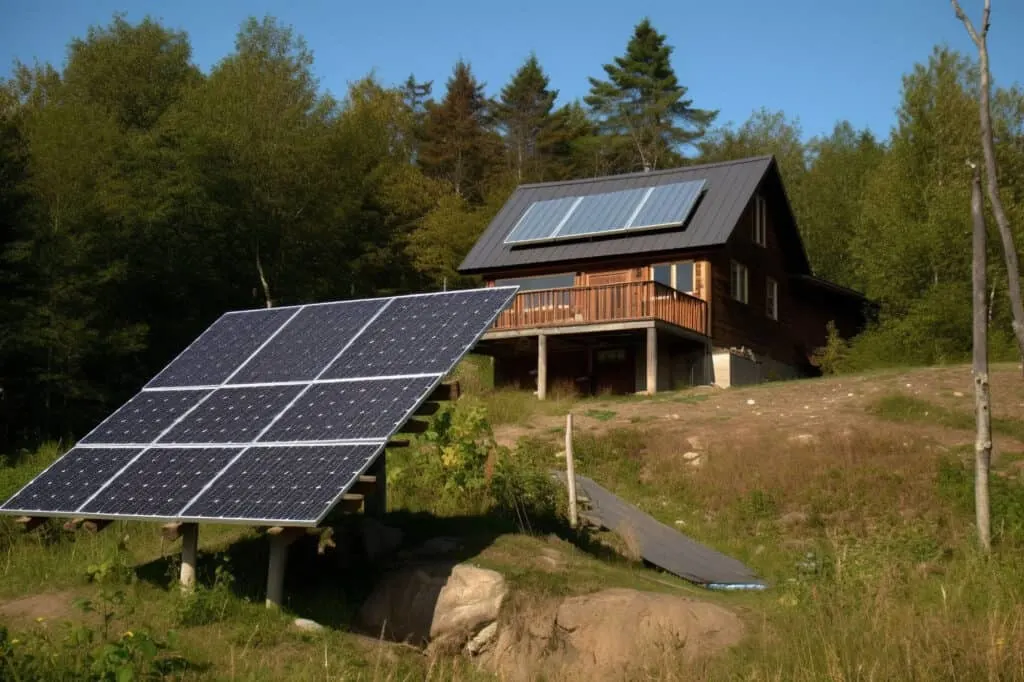
6. Power Storage System
You’re generating your electricity during the day. That’s great. But when the sun goes down and the wind stops blowing, guess what? Unless you have a storage system, you won’t have electricity. So, if you plan on watching movies on Netflix or surfing the internet late at night, you’ll need a battery power storage system.
This is where it gets expensive as battery technology lags behind solar panel technology. Batteries, however, are improving and can store more electricity for longer periods more efficiently than ever before. But you’re going to pay for it. They are not cheap, and the battery bank and storage system, complete with a charge controller, inverter, etc. could set you back as much as the solar panels and wind turbine combined.
Many folks opt out of purchasing a battery storage system because it could double the cost of any solar power system.
All in all, this is a personal choice that you need to make. I personally would choose to have battery backups rather than rely solely on the power coming directly from the solar panels and wind turbines. If you have the money, a good battery power storage system is worth its weight in gold.
7. Heating and cooling
Heating and cooling your off grid home ties in with power generation and are essential factors to consider. Your heating and cooling needs depend on your climate and home size.
One popular option for off grid heating is a wood stove, which can provide warmth and even be used for cooking and heating water. Wood stoves do not rely on a power source, so they are a great option for efficient, effective heating in any circumstance.
I you live in a hot climate, you’ll also need a way to cool your home. Solar-powered fans and small air conditioning units or swamp coolers are great options for off grid cooling.
Passive heating and cooling can be a great way to regulate the temperature in your off grid home without draining your power source.
Using natural methods like shading, insulation, ventilation, and optimal window placement can reduce your reliance on energy-intensive heating and cooling systems. Earthships are masterfully designed to utilize both passive heating and cooling.

8. Waste Disposal & Septic System
No one likes talking about it, but it’s a fact of life. You’re going to have to deal with waste disposal. You’ll need some sort of composting waste disposal system or a traditional septic system. Either way, you will have to follow local and federal guidelines on waste disposal since you won’t be connected to public utilities.
Besides the law, it’s not sanitary to dump your waste into a hole and hope for the best. This is not to say that this is wrong, but don’t do it near your water source or your animals’ water source if you raise livestock. Build a proper septic system. If you’re into using your own waste as fertilizer, then more power to you. Just know that the city, county, and federal guidelines might not allow it.
Composting toilets are highly efficient and a great option for tiny houses. A septic tank system is a more permanent and robust off grid wastewater management option that can last for years with little maintenance. Septic systems are widely-used in rural areas and are often the best way to deal with wastewater.
When living off grid, it’s important to be mindful of kitchen waste and trash management as well. One way to do this is by composting organic materials – wihich will help your garden! – and properly disposing of non-biodegradable items.
9. Communication and security
Living off the grid is an adventure, but it also presents its own set of challenges. Two more important factors to consider are communication and security.
When living off the grid, it’s essential to have a reliable communication system in place. If you don’t have decent cell service on your property, consider keeping other devices on hand. Some of the best options are a satellite phone or even a landline. This ensures that you can stay in touch with others in case of an emergency or if you need assistance.
Additionally, security is crucial when living off the grid. You’ll need to protect your property from intruders and wild animals, so investing in security cameras, motion sensors, and other security measures (even a good dog!) can be very beneficial.
By prioritizing communication and security, you can enjoy the freedom and independence of off grid living while also staying safe and connected.
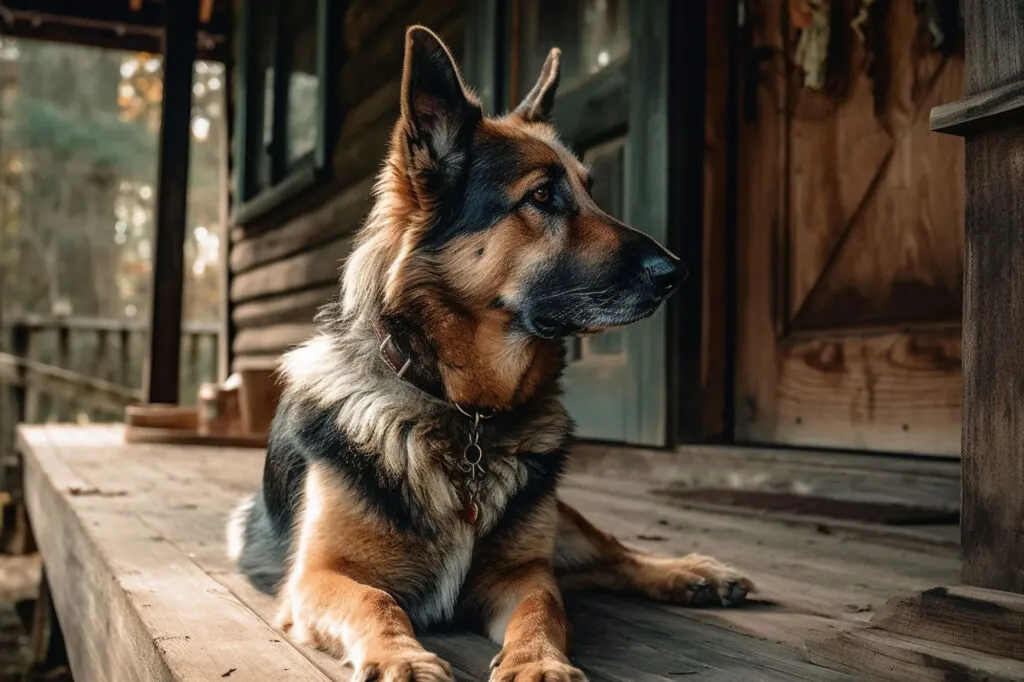
10. The Mindset & Will to Live Off The Grid
Perhaps the most important thing you need to live off grid is the mindset and the will. It’s easy to talk about and say you’d love the off-grid lifestyle, free from the confines and drudgery of modern life. The idea of that kind of freedom can be enticing. It takes hard work, though, and lots of it.
Living sustainably takes a solid commitment, sharp focus, and motivation. The self-sufficient lifestyle is at the heart of independence. With that independence comes responsibility, not just for your lifestyle choice but for your family and those depending on you.
Living off the grid can be expensive to get started and it will take lots of hard work on your part to keep it going.
But if you’re ready, willing, and able, the rewards are great.
These people are living off the grid!
Sometimes what you really need is some inspiration. Here are some of our favorite stories of people who decided to leave their old lives behind and move off grid. They built their own homes, set up their own power and waste systems, and most grow their own food.
California Earthship – This couple built their beautiful 500-square-foot Earthship home for less than $10k. They knew nothing about construction before undertaking this project. They had a goal and learned along the way how to make it happen.
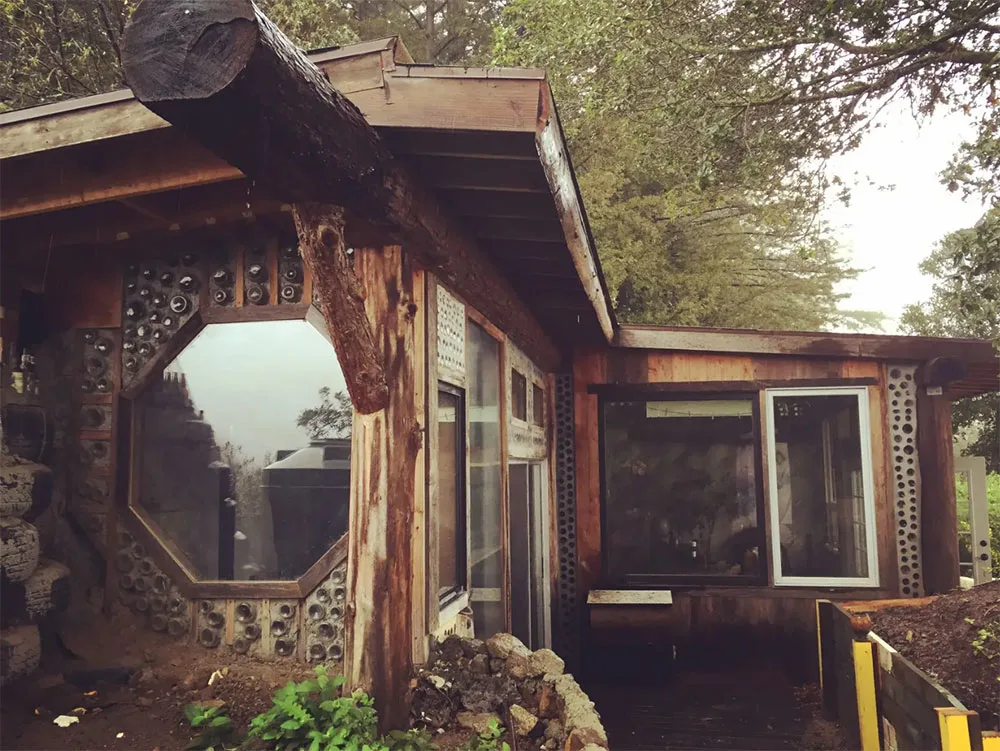
Cabin built in 12 days in Canada – This family’s off grid tiny cabin was built in just 12 days! Like many of the off grid homes we’ve featured, this cabin is built with many recycled materials to keep costs low.
Off grid tiny house in Australia – This house truly has it all. This family decided to go off grid and build a completely self-sustaining homestead with no prior experience.
Off grid A-frame in the Catskills – This A-frame in New York’s Catskill mountains is one of the most beautiful cabins we have featured. When we say off grid living doesn’t mean primitive living, this is a perfect example.
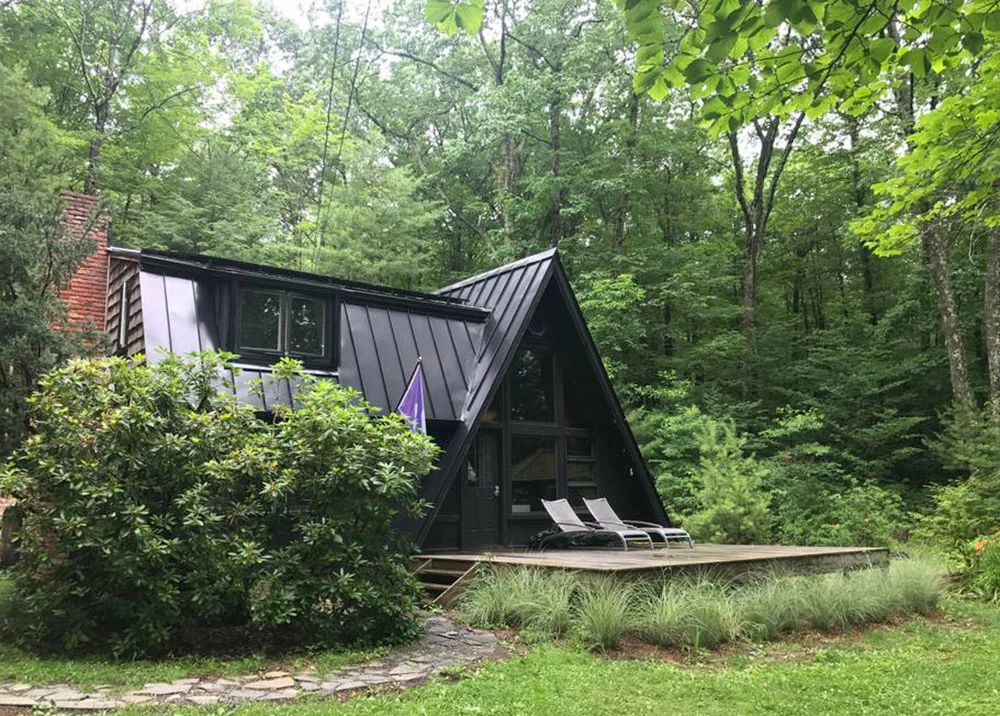
Joshua Tree shipping container home – We can’t talk about off grid homes without mentioning shipping containers! Shipping containers are the perfect building blocks for resilient sustainable homes.
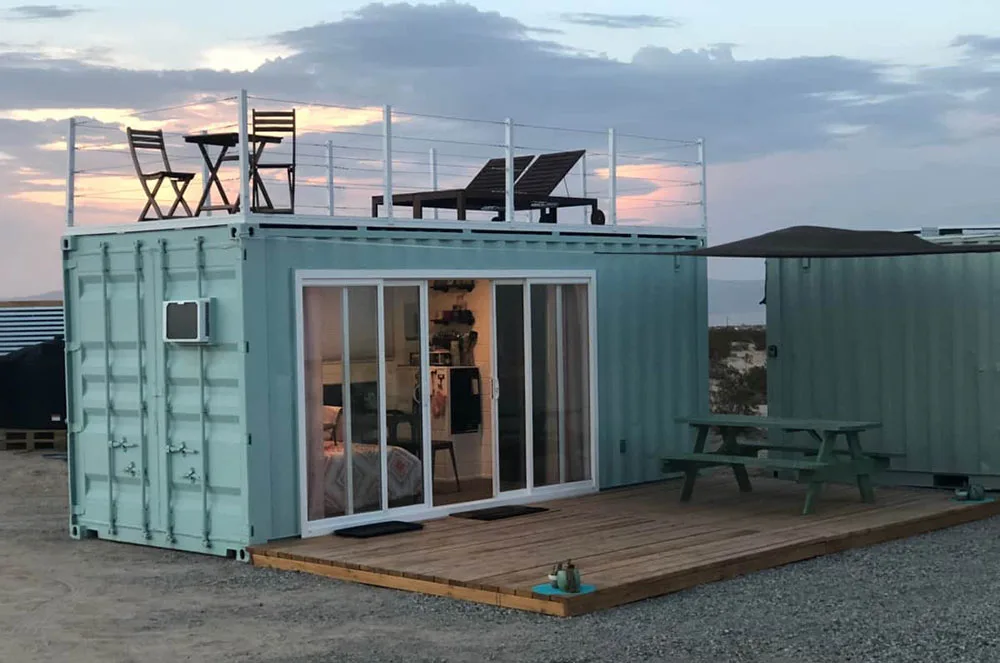
Australia shipping container homestead – A couple in Australia downsized from their large suburban home and built their off grid homes out of 3 shipping containers.
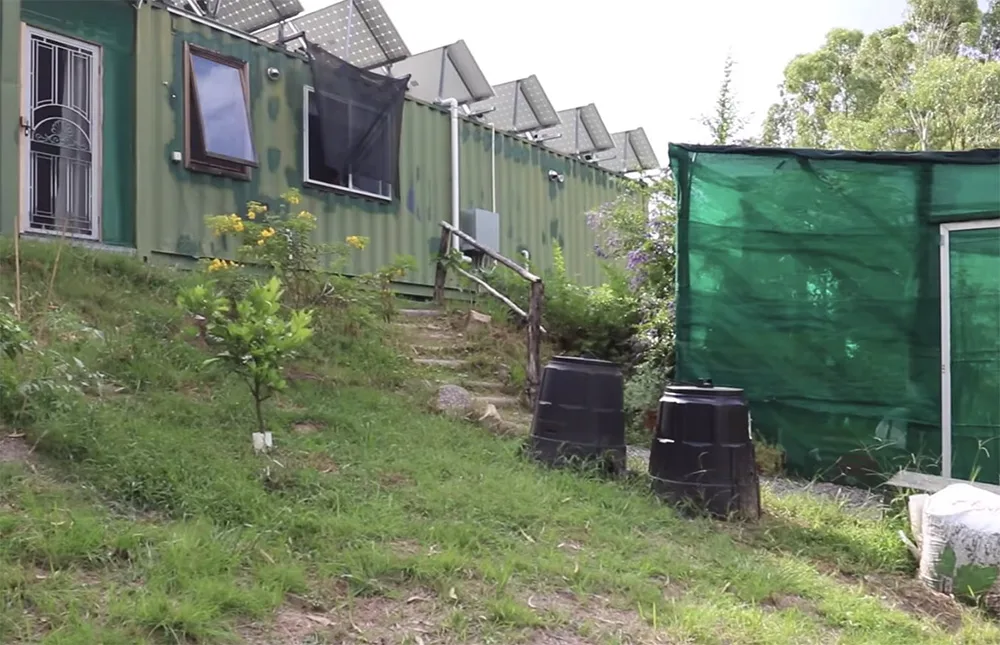
Off-grid living can be a rewarding way to reduce your environmental impact and create a more self-sufficient lifestyle. However, it requires a lot of planning, research, and preparation to ensure that you’re adequately prepared for the challenges that come with it. By keeping these 10 basics in mind as you plan, you can start down the path toward a more sustainable and self-sufficient way of life.
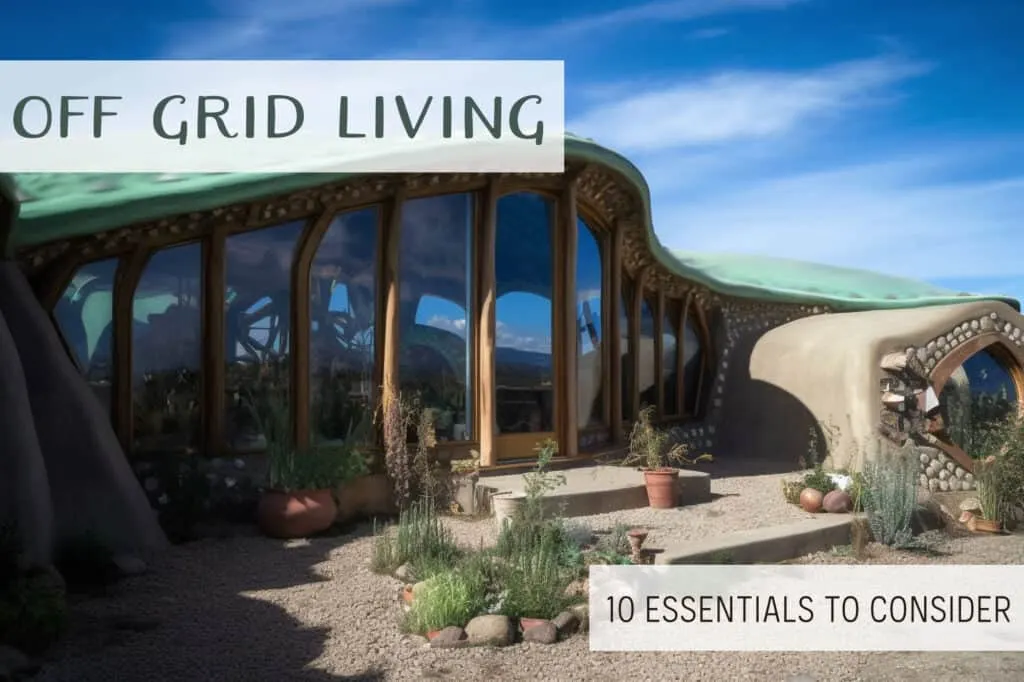

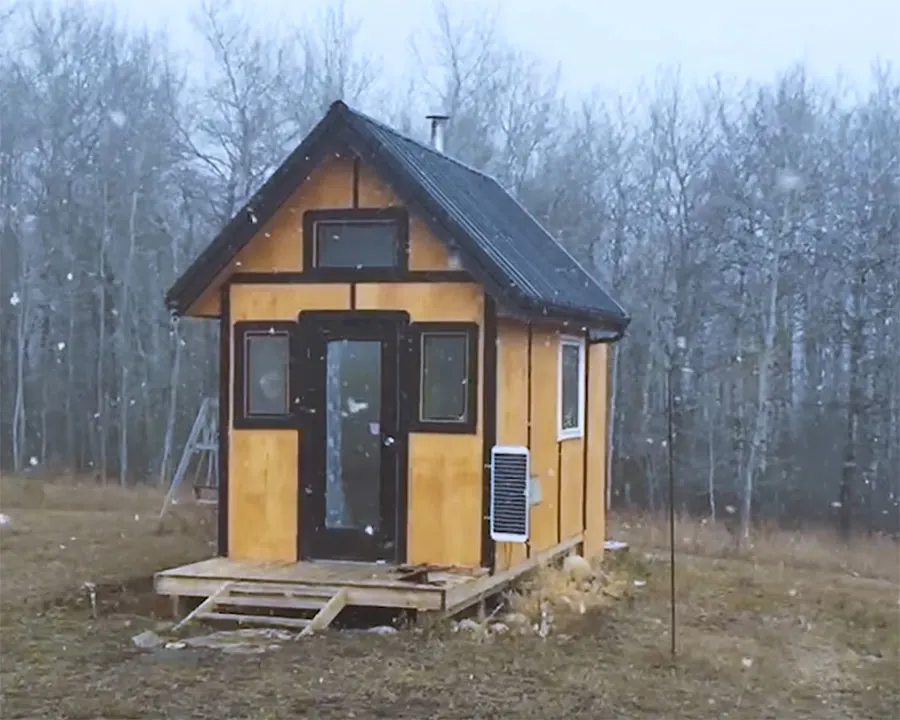

How To Live Off The Grid: 8 Things You Need Now - Apocalypse Supplies
Sunday 25th of January 2015
[…] View Full Article > How To Live Off The Grid: 8 Things You Need Now […]
Prepper News Watch for December 18, 2014 | The Preparedness Podcast
Thursday 18th of December 2014
[…] How To Live Off The Grid: 8 Things You Need Now […]